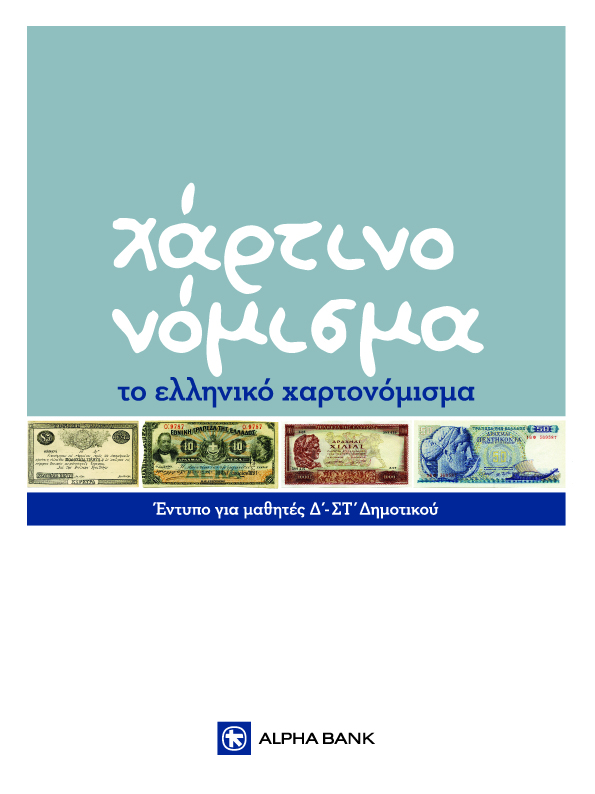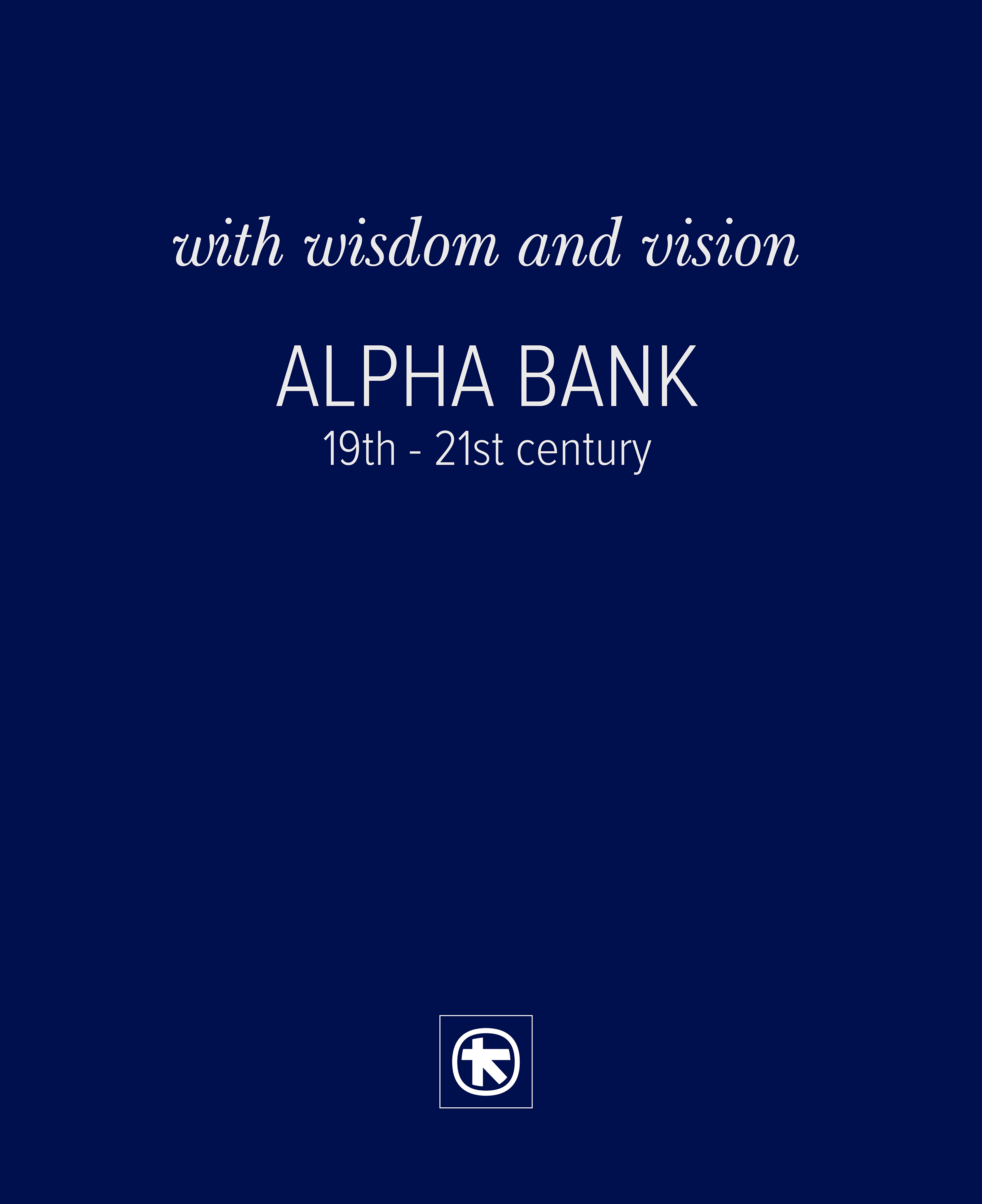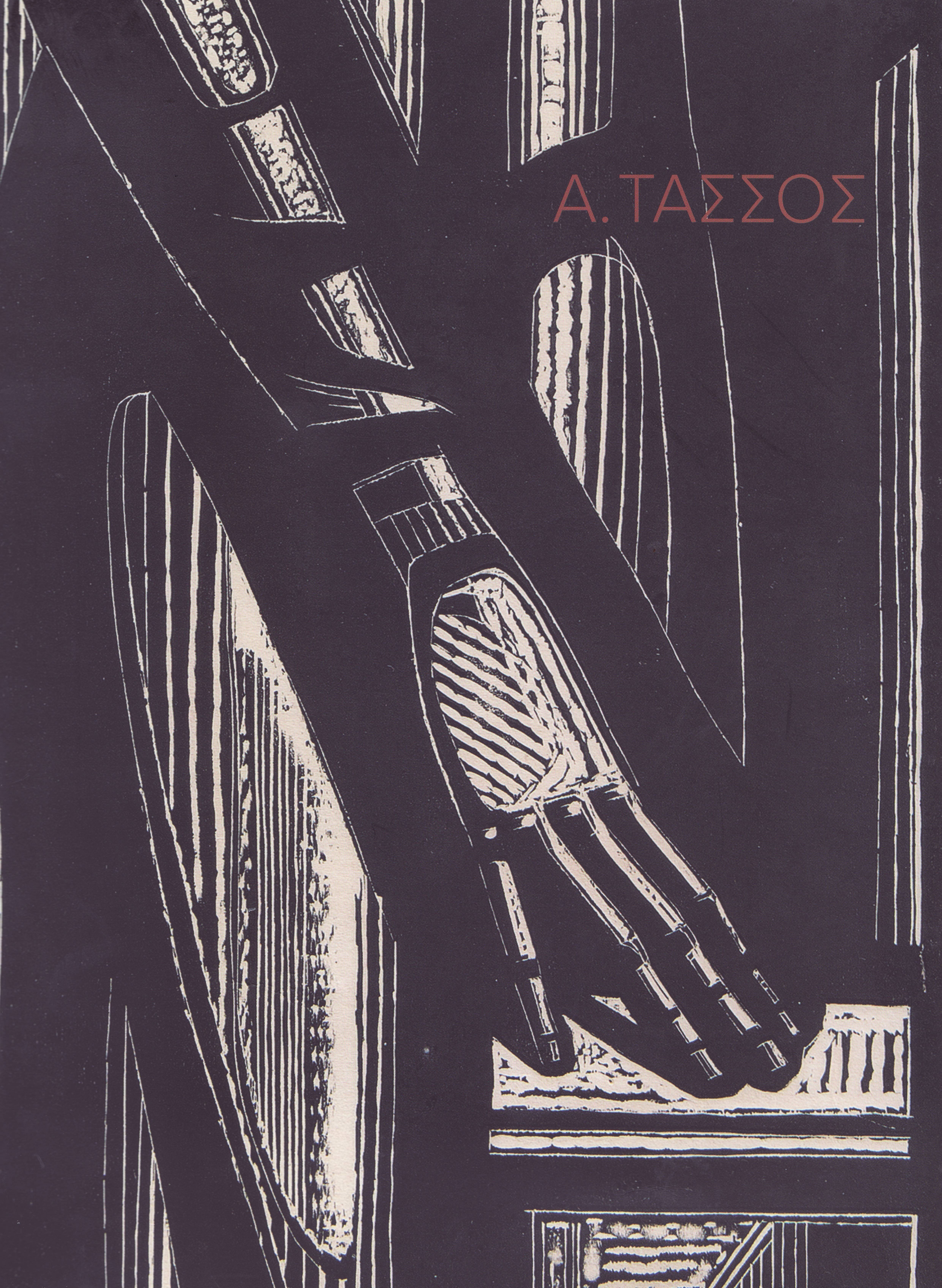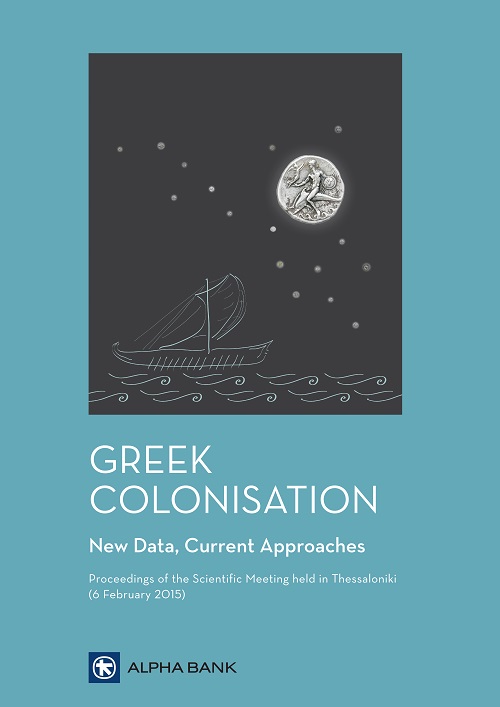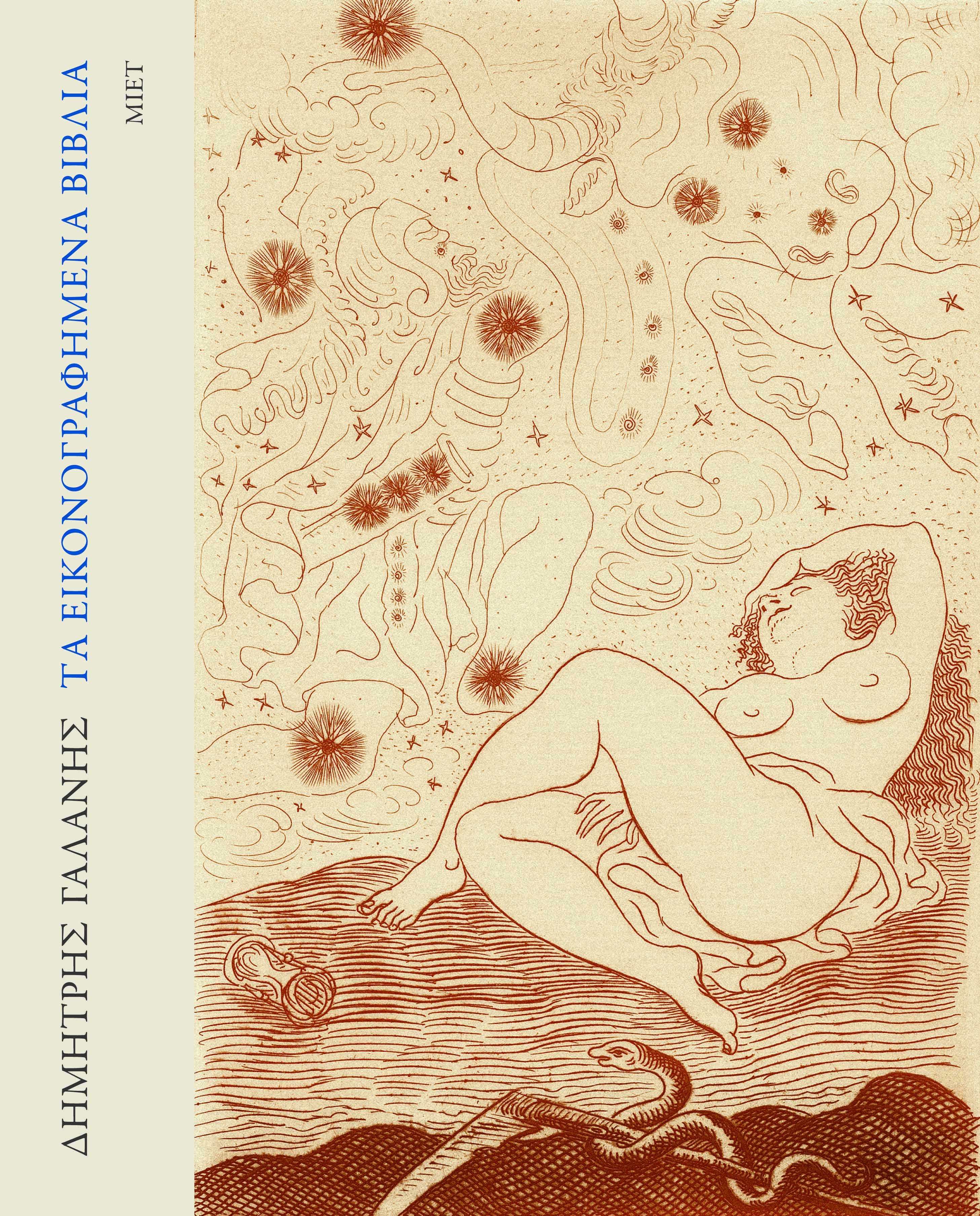Year published (Greek): 2016
Year published (English): 2018
Nomos-Nomizo-Nomisma

The publication Nomos-Nomizo-Nomisma is mainly addressed to children. It contains photos of significant ancient coins from all periods of antiquity. This booklet was issued for use as support material in the educational programme “Nomos-Nomizo-Nomisma”, which travels to primary schools in Greece and abroad in the form of a travelling museum kit.
- Author: Dimitra Tsangari
- Language: Greek, English
- Year published: Greek: 2016 - English: 2018
Educational publication for children
The publication is mainly addressed to children. The aim is to learn the history of coins which originated in ancient Greece and get acquainted with their iconography and use as a medium of exchange.
It contains photos of significant ancient coins from all periods of antiquity. It also includes graphical representations that help understand the information better.
The travelling museum kit
The publication Nomos-Nomizo-Nomisma was issued for use as support material in the same-titled educational programme. The programme “Nomos-Nomizo-Nomisma” travels to primary schools in Greece and abroad, in the form of travelling museum kit.
Coinage: a cultural treasure
The title of the publication Nomos-Nomizo-Nomisma reflects the wealth, structure and musicality of the Greek language. The 3 words share the same etymology: The word nomisma (coin) comes from the word nomizo (initially meaning “to have the habit of, to accept as legal”), which in turn comes from the word nomos (law). Every coin is legal, provided it circulates based on a specific law of the issuing authority.
There is a story behind every coin. Coins carry eye-witness accounts of facts and myths, known and unknown information about the city, the king and the nation or league that issued them.
Ancient coins are also seen as works of art. Mostly anonymous artists would often engrave themes on the small metal surface, turning coins into masterpieces.
From start to spread
The publication presents how coinage emerged and evolved over time. It is structured in thematic sections that present the most significant ancient coins, as well as minting and coin iconography:
- From bartering to coins – The introductory section looks at the time of barter economy prior to the appearance of coins.
- The first coins in Greece – Coins first appeared in western Asia Minor, in the area of Ionia/Lydia. Later on they moved on to the main Greek territories. The people of Aegina were the first to mint their own coin. Athenians and Corinthians followed.
- 2 powerful coins during antiquity – In ancient times, much like today, there were coins that travelled beyond the borders of the issuing authority and circulated for a long time on an international level. The best known international coins were the Athenian owls and Alexander’s tetradrachms.
- Ancient coin minting – Ancient coins were produced in mints. These were small places with limited personnel and a handful of tools. The main process mainly consisted of embossing small metal discs.
- Ancient coin iconography – One of the key numismatic principles is iconography, that is the selection of themes depicted on the 2 sides of the coin. Iconographic trends changed in the 3 periods of antiquity: Archaic, Classical and Hellenistic.
- Ancient coins-works of art – In many cases, engravers created true masterpieces, mostly during the classical period, when ancient Greek art reached its peak. Remarkably, they managed to create art on a surface with a diameter that rarely exceeded 30 mm.
Author: Dimitra Tsangari
Publisher: Alpha Bank
Place and time: Athens, 2016 (Greek) and 2018 (English)
Dimensions: 21 x 21 cm
Pages: 48
Cover type: Paperback
Greek ISBN: 978-618-5072-21-6
English ISBN: 978-618-5072-37-7
